What Is Enamel Reactor? | JCT Machinery
 Dec 16,2023
Dec 16,2023

 JCT
JCT
What is enamel reactor?
Enamel reactor is made by lining the inner surface of a steel container with high-silica-containing glass, which is burned at high temperature and firmly adhere to the metal surface to become a composite product. Therefore, it has the dual advantages of the stability of glass and the strength of metal, and is an excellent corrosion-resistant equipment.
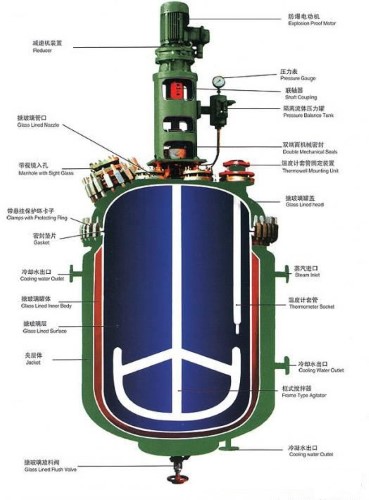
What are the characteristics of enamel reactor?
1. Corrosion Resistance
Enamel coating has excellent corrosion resistance and can resist the erosion of acids, alkalis and other chemical substances, and is suitable for handling the reactions of corrosive substances.
2. High Temperature Resistance
Enamel reactor can withstand relatively high temperatures and is suitable for processes that require heating reactions.
3. Hygiene
Enamel coating has a smooth surface, is easy to clean and complies with hygienic standards, making it suitable for applications in the pharmaceutical and food industries that require a high level of hygiene.
4. Anti-wear
Enamel coatings have good anti-wear properties and are able to maintain the integrity of the coating during stirring and reaction processes.
5. Smooth and Easy To Clean
The surface of enamel reactor is smooth, difficult to adhere to substances, easy to clean, and helps maintain the hygiene of the production environment.
6. Pressure Resistance
Enamel reactor usually has good pressure resistance and can withstand a certain internal pressure.
7. Chemical Stability
Enamel coating has good stability to many chemicals and is not easily affected by chemical reactions.
8. Versatility
Different types of stirrers, heating / cooling systems and other accessories can be configured according to different reaction needs, making it versatile.
9. Mass production
Enamel reactor can be used for mass production and is suitable for large-scale industrial production processes.
10. Safety
The design of enamel reactor usually takes safety factors into account, including appropriate safety valves, sensors and control systems to ensure the safe operation of the reaction process.


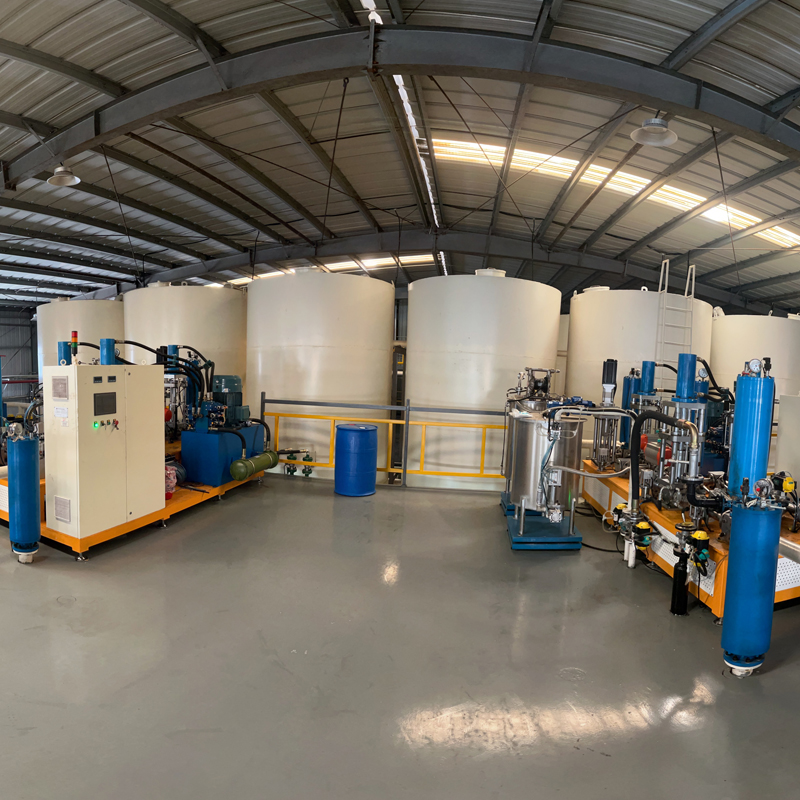
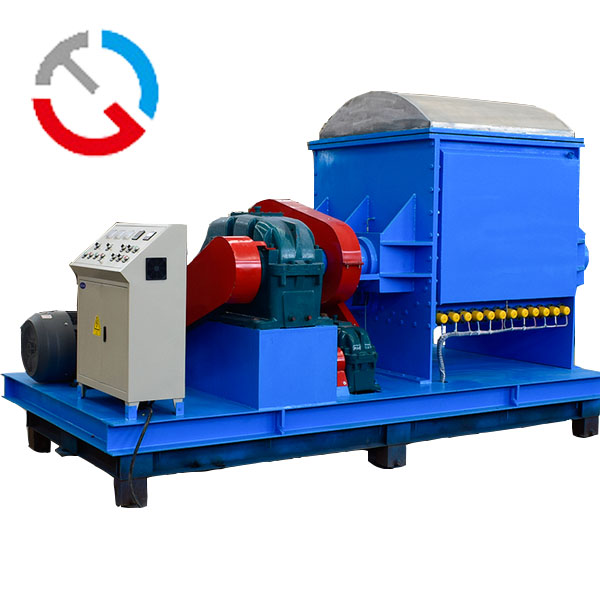
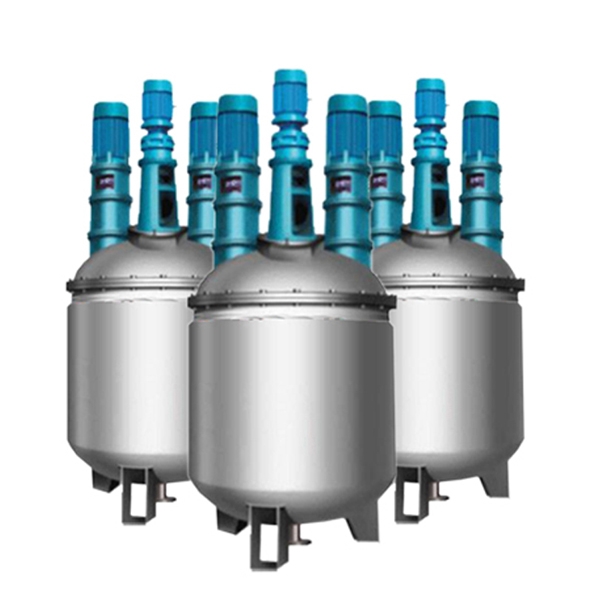
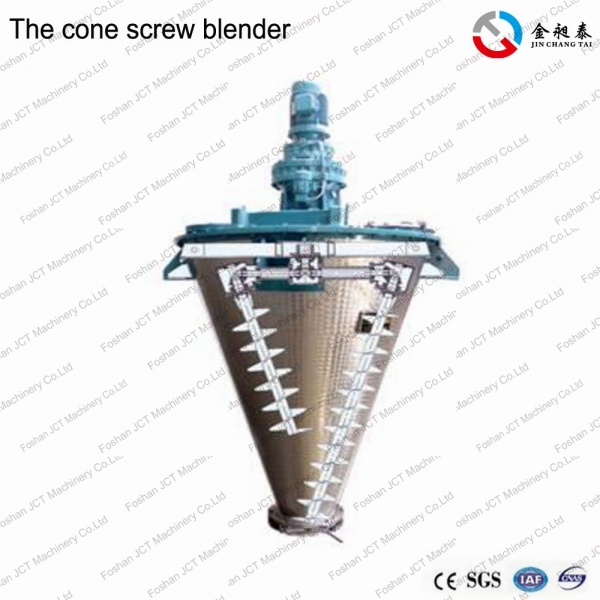


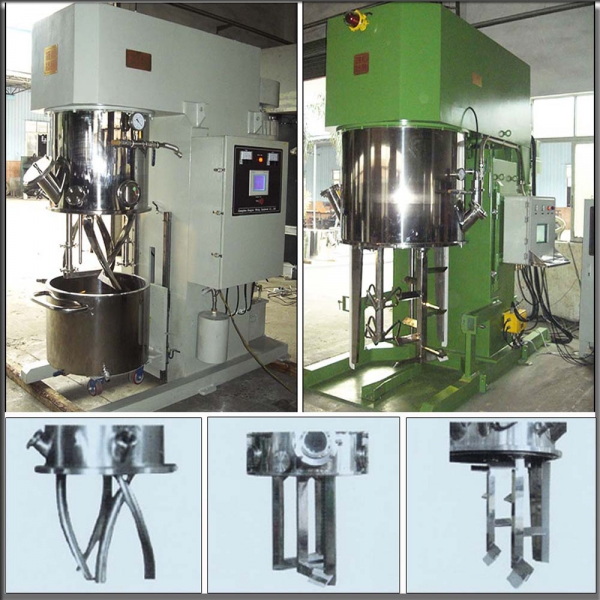





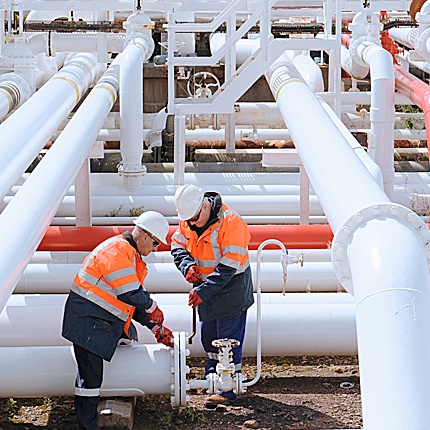

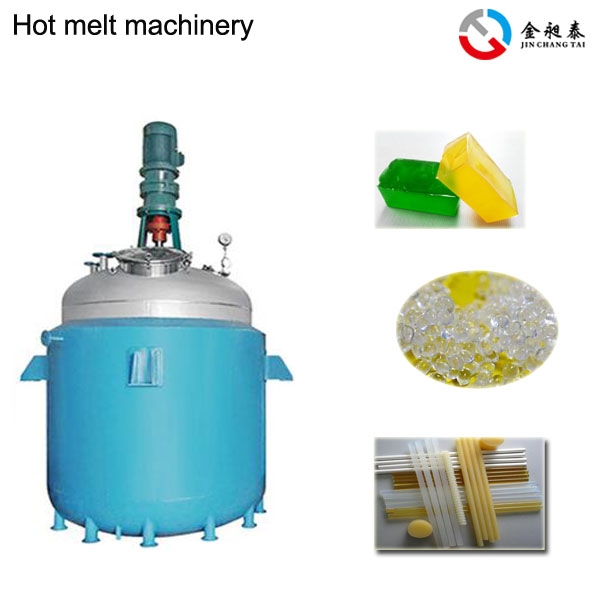
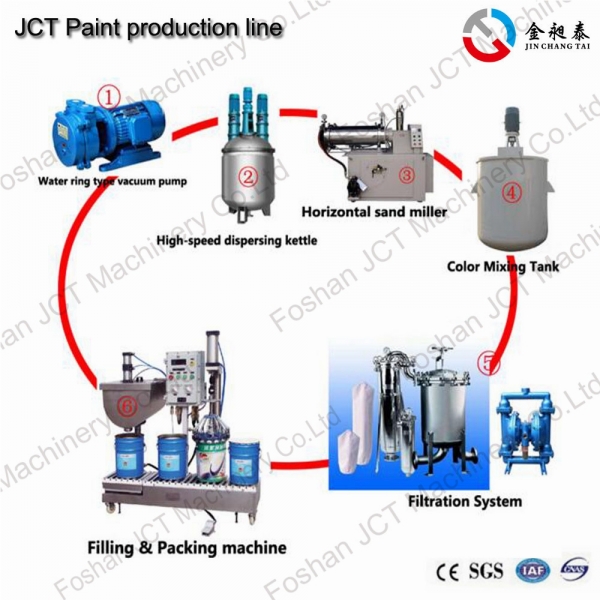
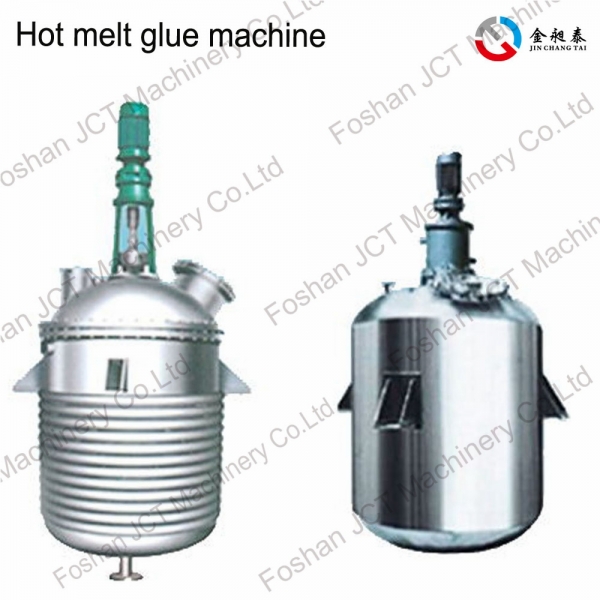
 CN
CN
 HOME
HOME Characteristics Of Ribbon Blender | JCT Machinery
Characteristics Of Ribbon Blender | JCT Machinery  You May Also Like
You May Also Like
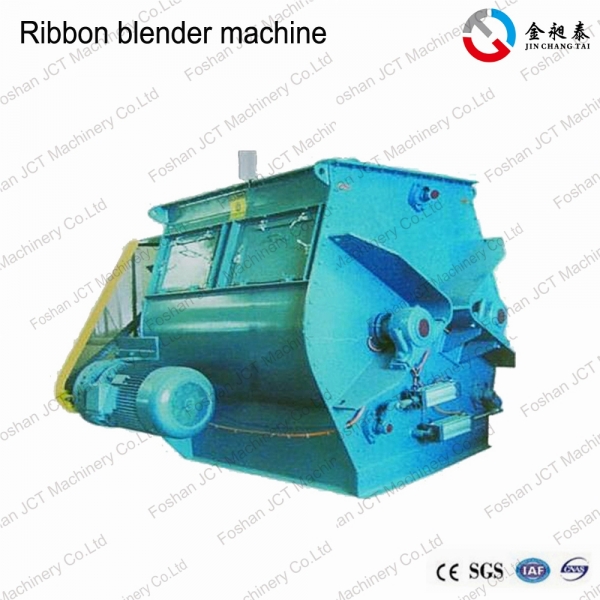

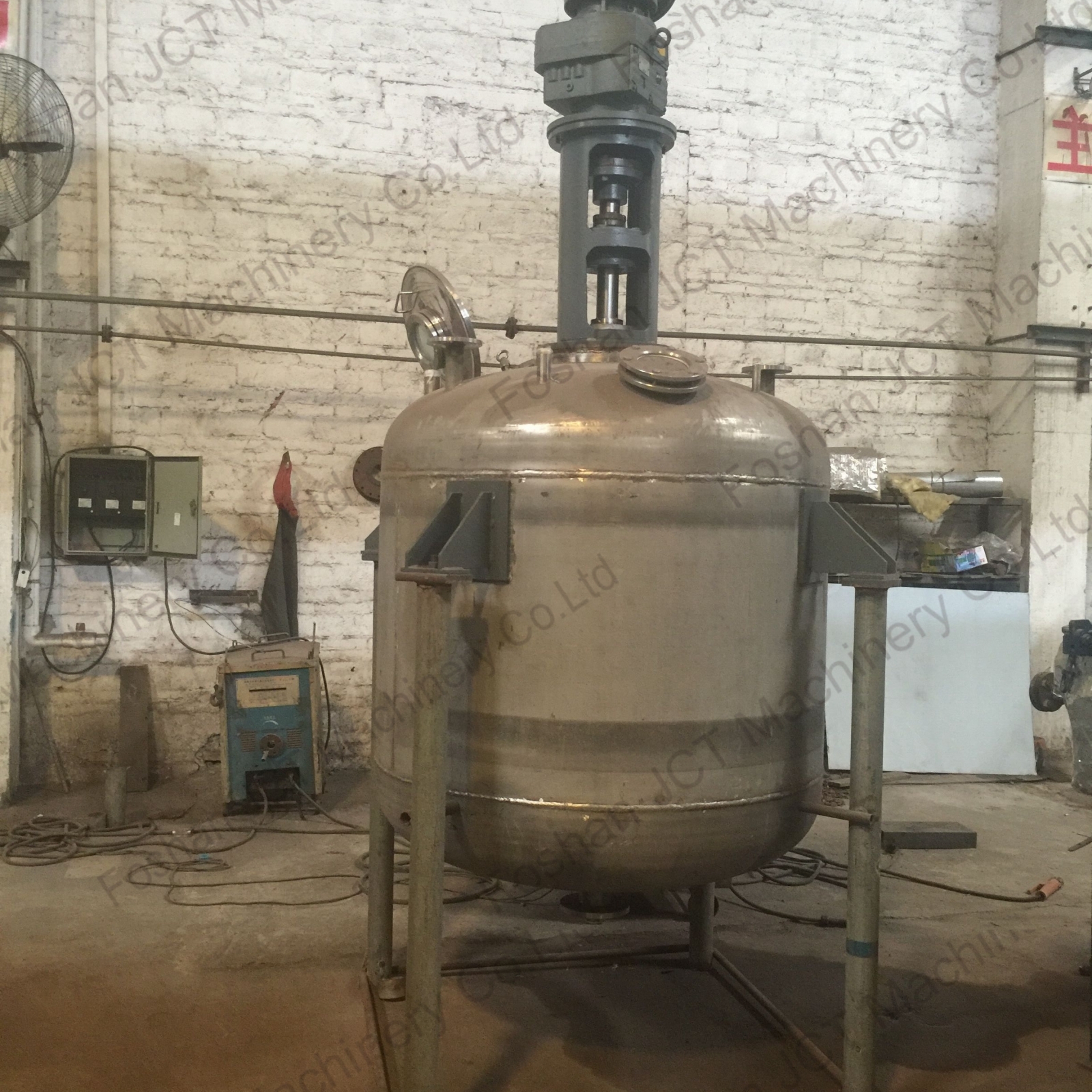
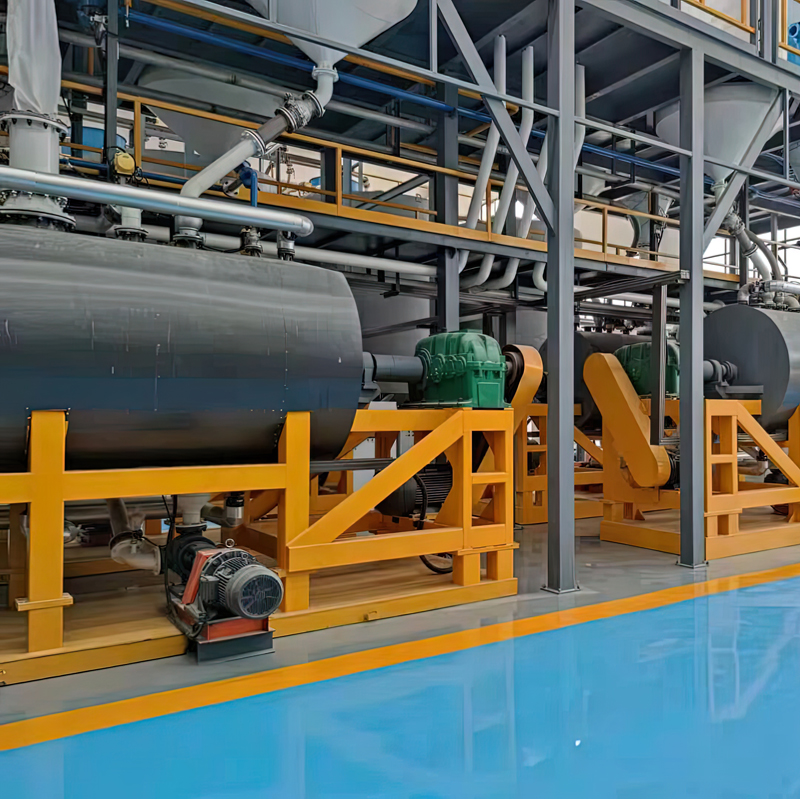

 Tel
Tel
 Email
Email
 Address
Address










